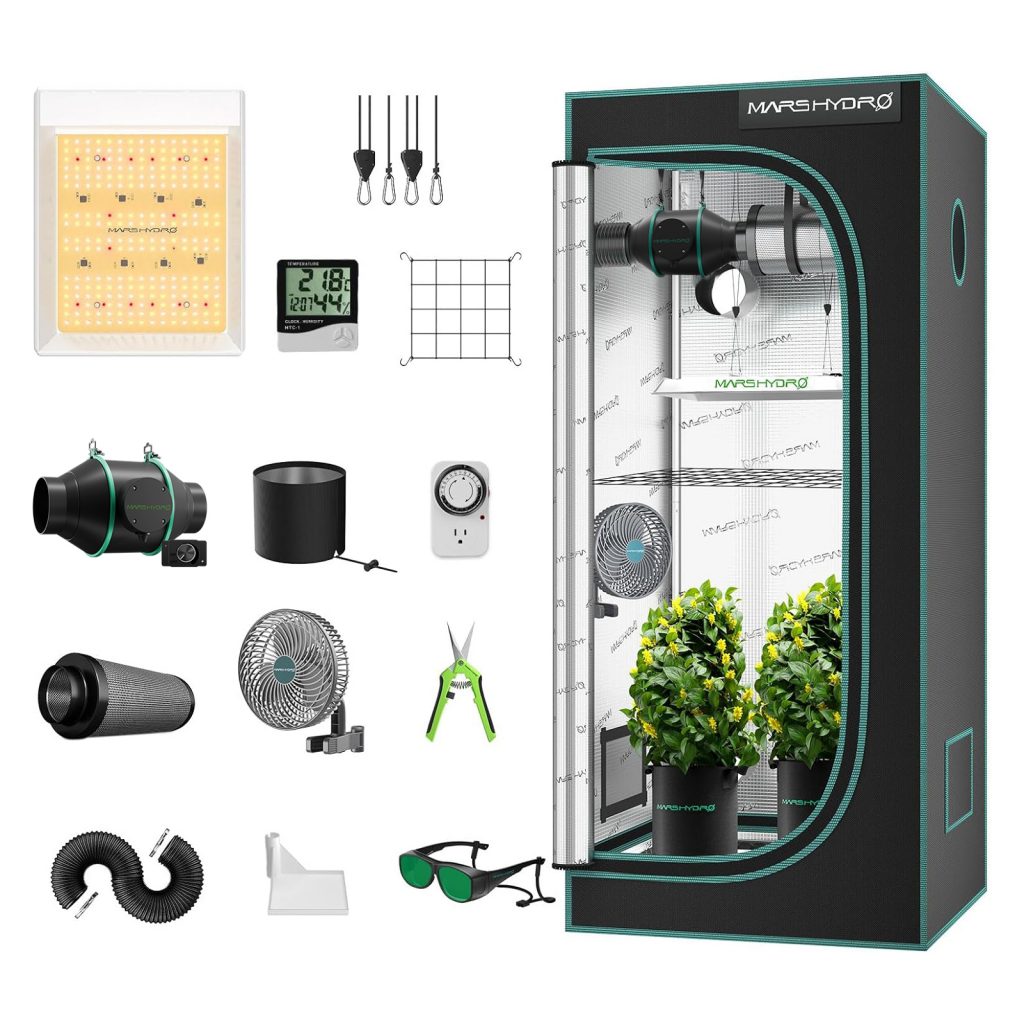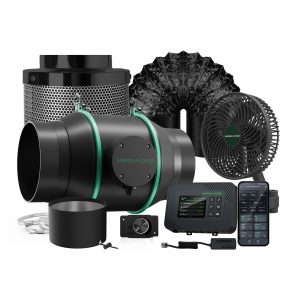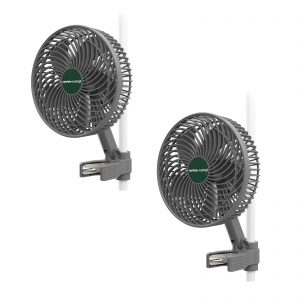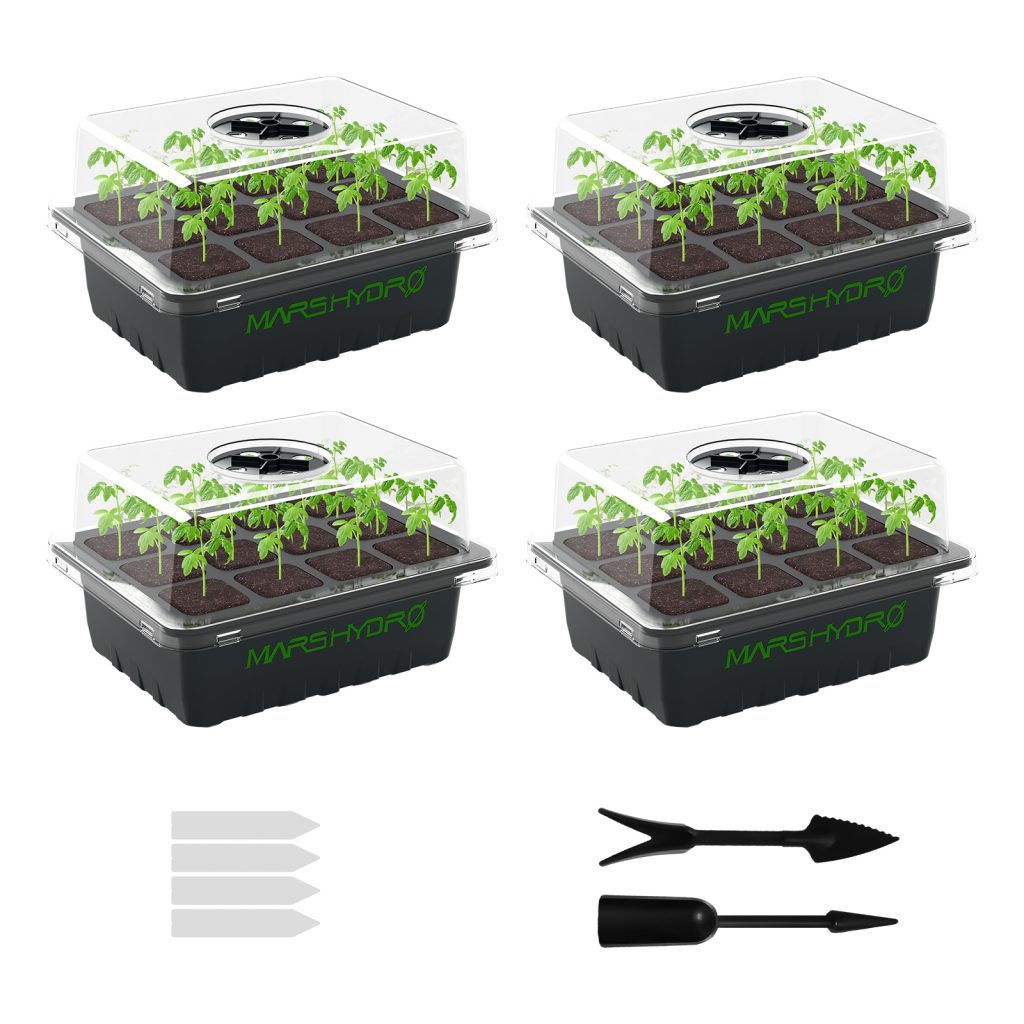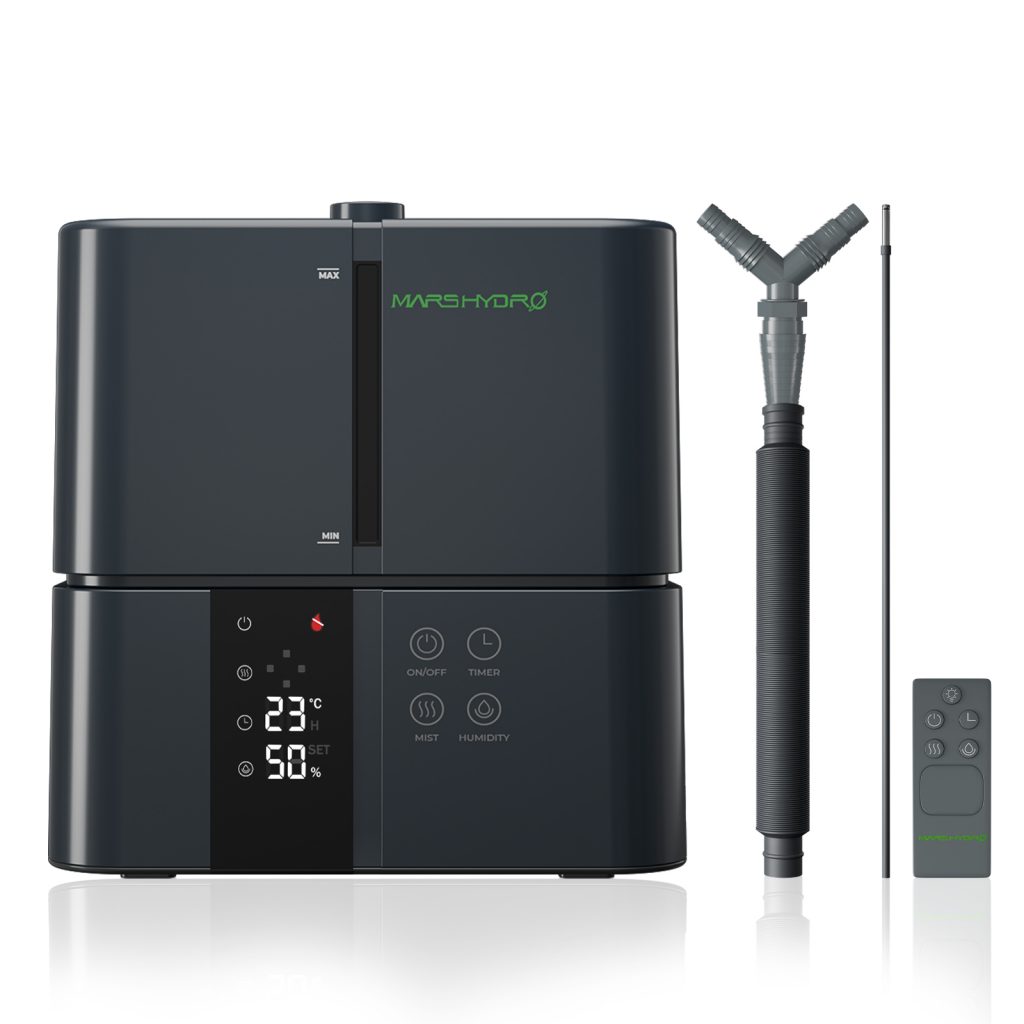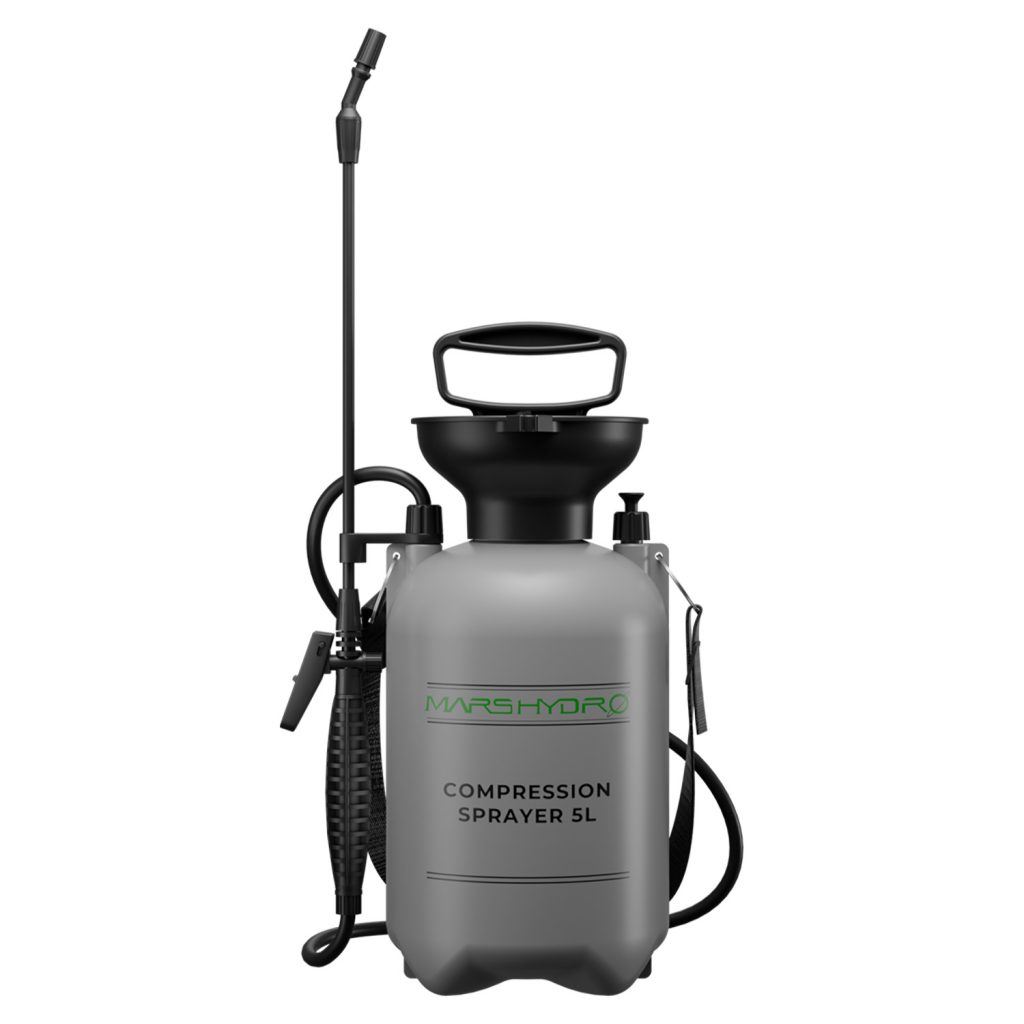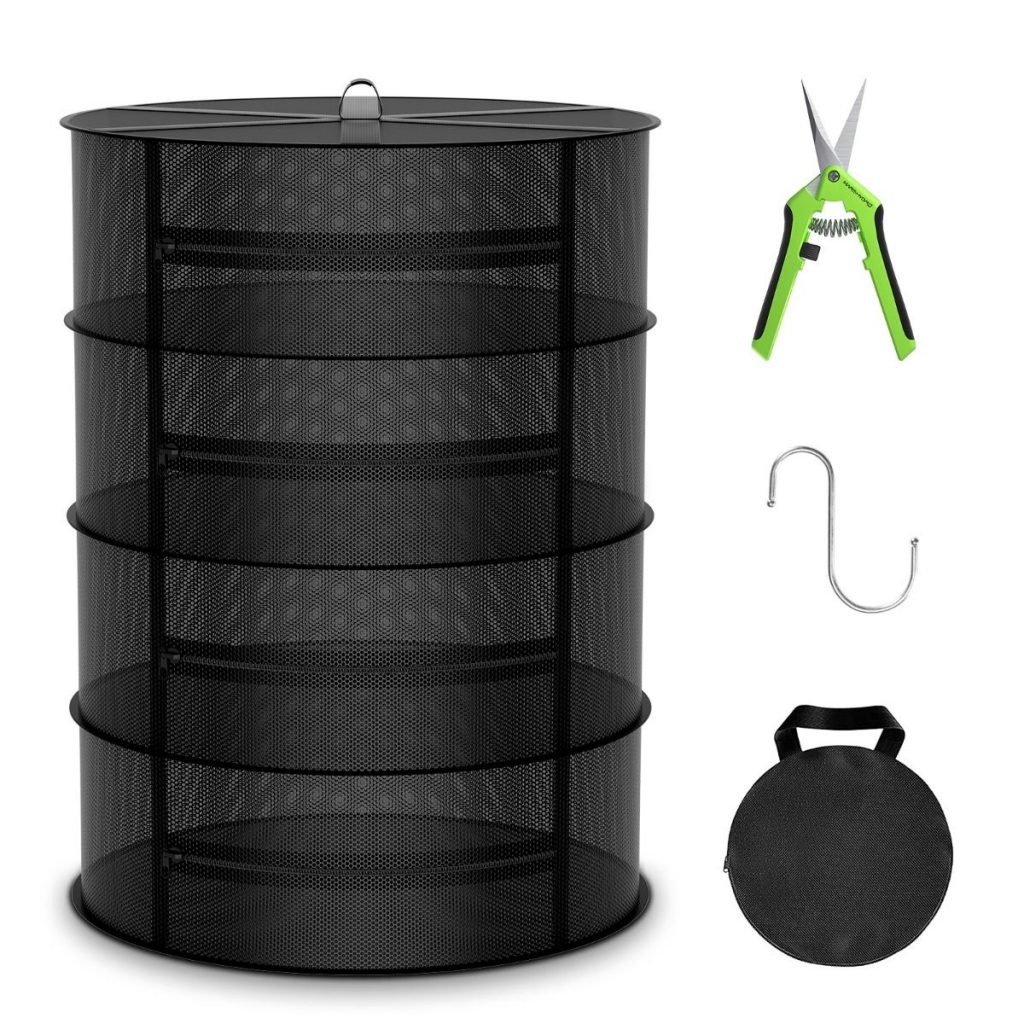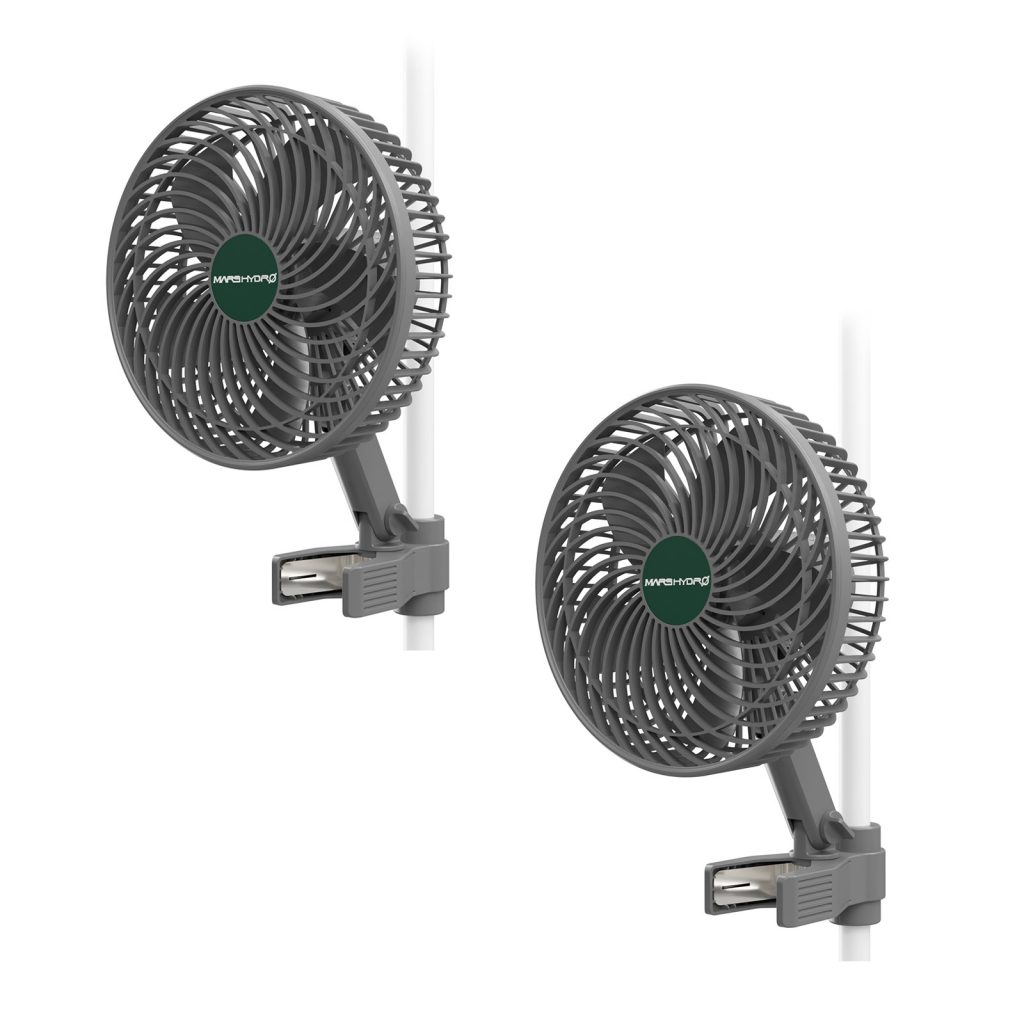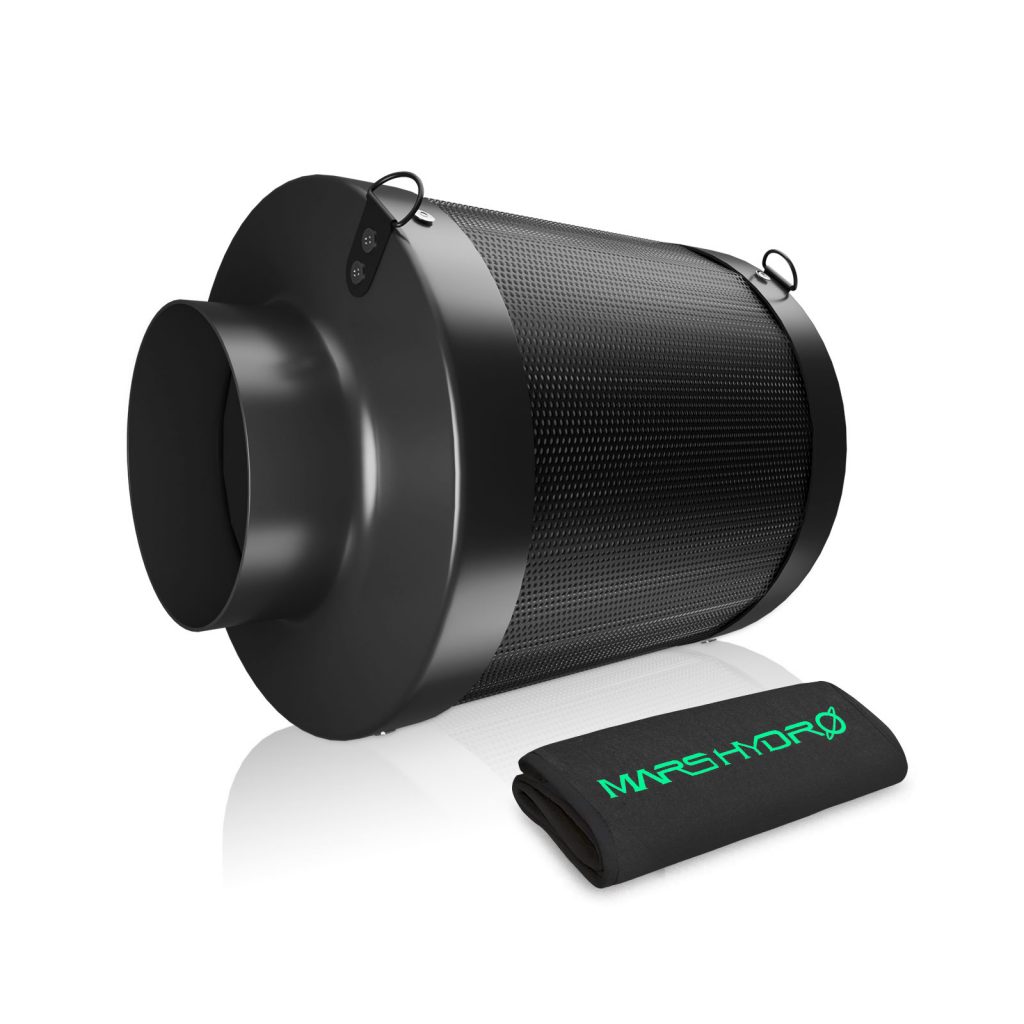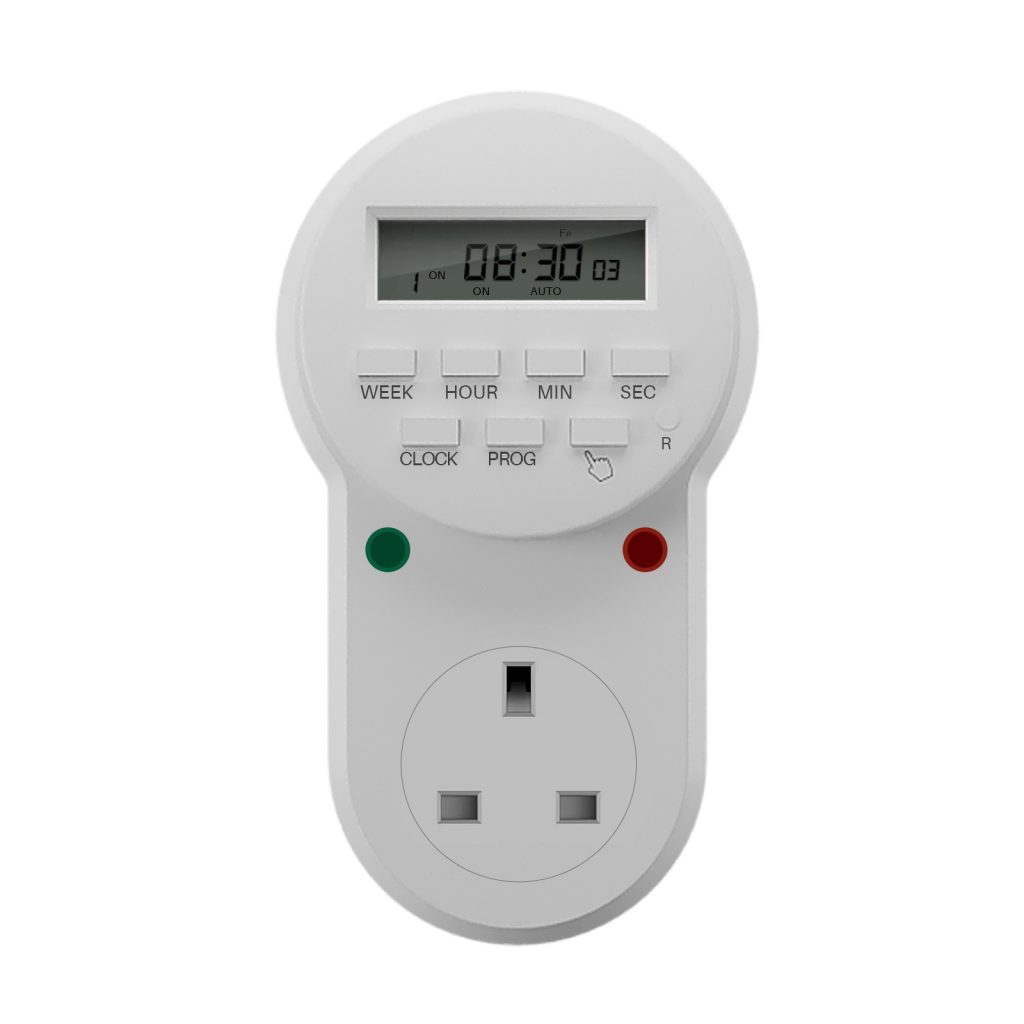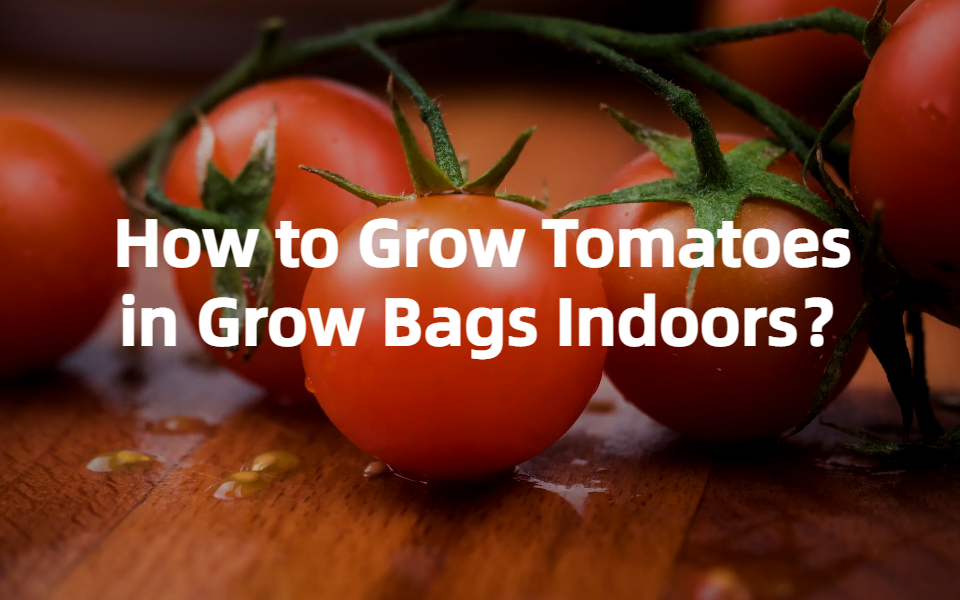Growing tomatoes indoors can be a fun and rewarding experience for gardeners of all levels. Whether you’re looking to grow fresh tomatoes year-round or simply want to enjoy the taste of homegrown tomatoes, there are many benefits to growing tomatoes indoors. In this guide, we’ll cover everything you need to know about growing tomatoes indoors, from choosing the right grow container and soil to planting and caring for your tomato plants. So let’s get started!
Why You Should Grow Tomatoes in Grow Bags?
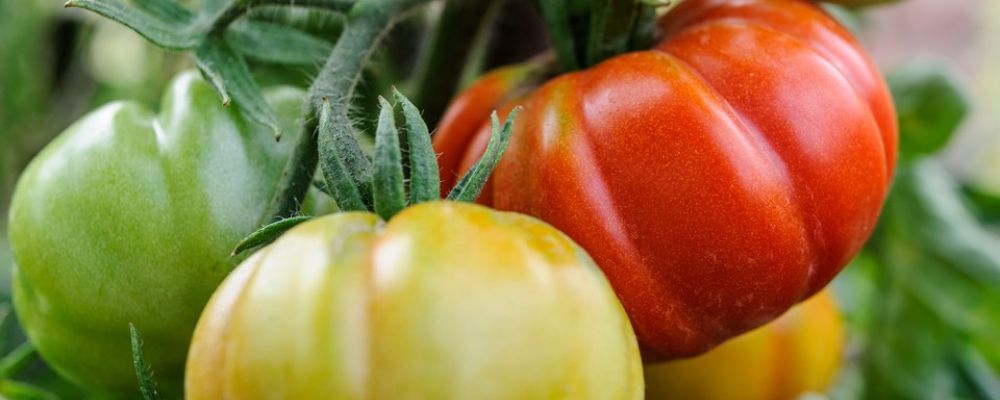
Growing tomatoes in grow pots, containers and bags has become increasingly popular among gardeners because of its many benefits. Here are some reasons why you should consider growing tomatoes in grow pots and bags:
- Space-saving: Growing bags are an excellent choice for those who have limited space. Tomatoes can take up a lot of room in a garden bed, but grow bags allow you to grow them vertically, taking up much less space.
- Mobility: Growing bags are portable and can be easily moved around, making it easier to follow the full sun and protect plants from extreme weather conditions.
- Improved drainage: The porous material of grow bags allows for better drainage, preventing overwatering and root rot.
- Better aeration: Grow bags allow for better aeration of the soil, ensuring that roots receive adequate oxygen. This can lead to healthier, stronger plants.
- Easy to use: Grow bags are simple to use and require no digging or tilling of soil. Simply fill with soil, add fertilizer, and plant your tomato seeds or seedlings.
- Reduced disease risk: Growing bag can reduce the risk of disease as they do not allow for soil-borne diseases to build up, unlike traditional garden beds.
- Higher yields: Tomato Grow bags can provide higher yields of tomatoes as they are easy to fertilize and water. The soil can be easily monitored and adjusted for optimal growth.
- Longer growing season: Grow bag for tomatoes allow for earlier planting and a longer growing season as they can be moved indoors or to a greenhouse to protect against frost.
- Cost-effective: Grow bags for tomatoes are an affordable option for growing tomatoes, especially for those who do not have the space or resources for a traditional garden bed.
- Environmentally friendly: Grow bags for tomatoes can be reused for multiple growing seasons and are biodegradable, reducing waste and environmental impact.
What You Need for Indoor Tomatoes Growing in Grow Bags?

- Seeds
- Grow Bags
- Potting soil
- Grow lights
In addition to these supplies, you will want to make sure that you have a well-draining soil for your grow bags that can also retain moisture in between waterings. Tomatoes need adequate direct sunlight for strong growth and prolific fruit production. However, for indoor growers, you need to place your tomato grow bag under your LED grow light to receive enough light. Ideally, this location should have 8 hours of direct light per day.
How to Grow Tomatoes in Grow Bags?
Step 1: Choose a Proper Grow Bag
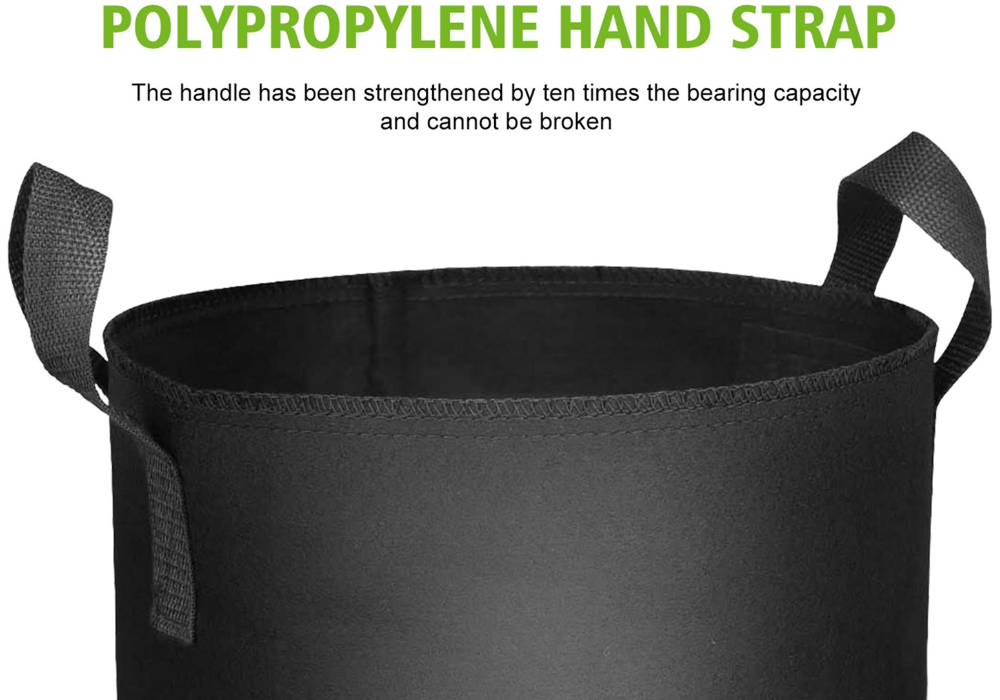
Growing tomatoes in tomato grow bags is a great way to cultivate fresh, delicious tomatoes even if you don’t have access to a garden. However, choosing the right grow bag is essential for the success of your tomato plants.
Firstly, consider the size of the grow bag, as it should be large enough to accommodate the mature size of your tomato plant. The minimum size recommended is 5 gallon tomato grow bag, but 10-15 gallons is optimal for most varieties.
Secondly, choose a high-quality grow bag made from durable materials that can withstand the weight and moisture of the soil. Opt for bags made from polypropylene or breathable fabric that allows proper aeration and drainage. Avoid bags made from low-quality plastics or materials that may leach chemicals into the soil.
Lastly, consider the shape of the grow pot or bag. A cylindrical shape of the growing pot or bag is ideal for tomato plants as it provides adequate space for the flowers, stems and the roots to grow and avoids overcrowding. By choosing the right grow pots or growing bag itself, you can provide an optimal growing environment for your tomato plants and enjoy a bountiful harvest.
Step 2: Choose the Right Soil
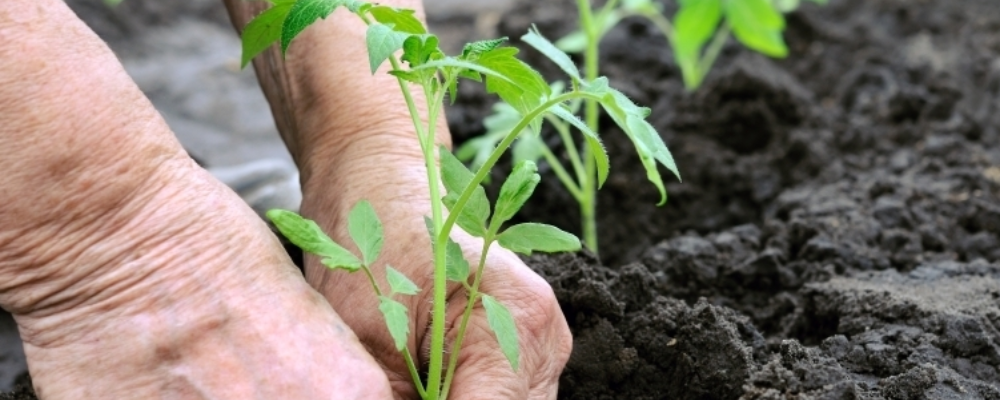
Choosing the right soil is one of the most necessary steps to ensuring that your tomatoes thrive. It’s essential to use a high-quality potting mix that is nutrient-rich, well-draining, and has good water retention. You can find specialized soil pots and mixes for tomatoes at your local garden center, or you can create your own by mixing equal parts of peat moss, compost, perlite, and vermiculite.
Besides, It’s important to avoid using garden soil or soil from your yard, as it can contain diseases and pests that can harm your plants. Also, avoid using heavy soil or pot and mixes, as they can hold too much water and cause root rot. Once you have chosen the right soil, fill your grow bag to within two inches of the top, leaving enough space for watering and plant growth.
Step 3: Plant Your Tomato Seedlings
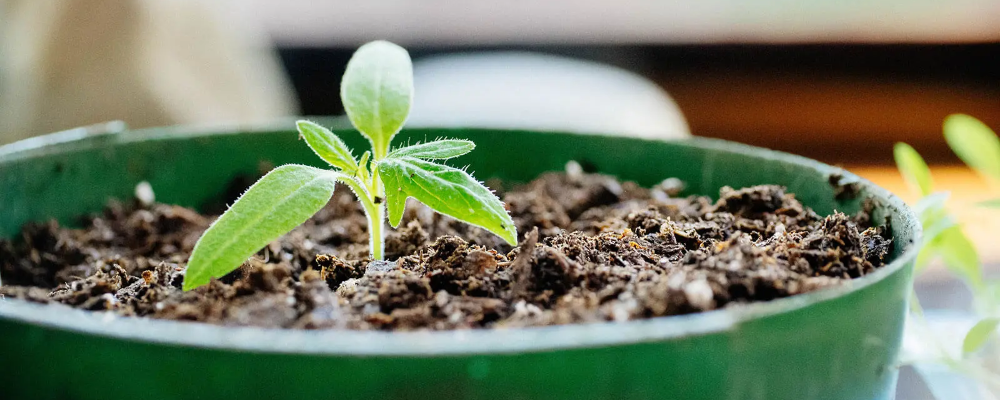
Once you have chosen the right soil and filled your grow bag, it’s time to plant your tomato seedlings. To ensure the best growth, choose healthy seedlings that are at least six to eight inches tall and have a sturdy stem and deep green leaves. If you are starting from seed, germinate your seeds in a seed tray first and then transplant them into your grow bag when they are strong enough. To plant your seedlings, dig a hole in the center of the grow bag, deep enough to accommodate the root ball. Carefully remove the seedling from its pot, loosen the root ball, and place it in the hole. Fill the hole with soil, gently press down around the stem, and water thoroughly. It’s best to plant tomatoes in the center of the grow bag, leaving at least two feet between plants. Once your seedlings are in place, make sure to keep the soil moist but not waterlogged, and provide support for your plants as they grow. Tomatoes can grow quite tall and heavy, so it’s a good idea to stake or cage your plants to keep them upright and prevent them from bending or breaking.
Step 4: Provide Your Tomatoes with Sufficient Light
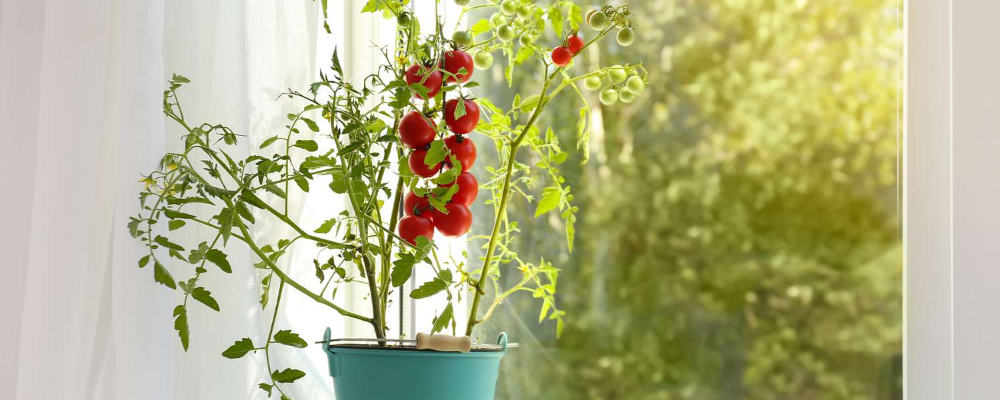
Growing tomatoes in tomato grow bags is a convenient and practical way to cultivate these delicious fruits, especially if you have limited space or no access to a garden.
To start, you should provide sufficient light for your plants. Tomatoes require at least 6-8 hours of direct sunlight daily, so choose a spot that receives ample sunlight or use LED grow lights to supplement natural light. You can also rotate the tomato grow bags occasionally to ensure that all sides of the plants receive equal exposure. Keep in mind that inadequate lighting can cause leggy or weak plants that are more susceptible to diseases and pests.
Therefore, it’s essential to prioritize the light requirements of your tomatoes to ensure that they thrive and produce abundant fruits.
Step 5: Water Your Tomato Plants Regularly
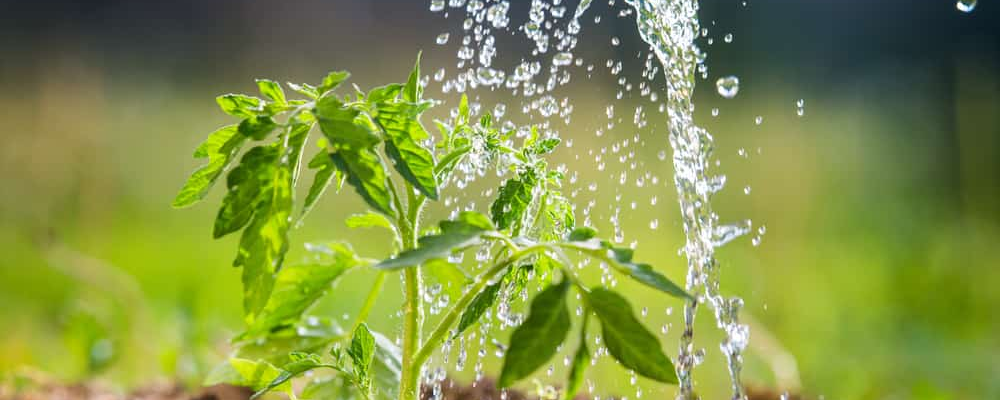
One essential aspect of growing tomatoes successfully in a grow bag is to water regularly. Tomatoes require consistent and adequate watering to thrive, especially in the warm summer months. In a grow bag, the soil tends to dry out faster than in the ground, so it is crucial to check the soil moisture level daily. A good rule of thumb is to water the plants when the top inch of soil feels dry to the touch. It is recommended to water your tomato plants deeply, ensuring the water reaches the bottom of the grow bag.
However, avoid overwatering as it can lead to root rot and other plant diseases. To ensure proper drainage, make sure the grow bag has sufficient drainage holes, and the soil is not waterlogged. In conclusion, watering your tomato plants regularly is an essential part of growing tomatoes in a grow bag, and with proper care, you can enjoy a bountiful harvest of fresh and juicy tomatoes.
Step 6: Fertilize Your Tomato Plants Regularly
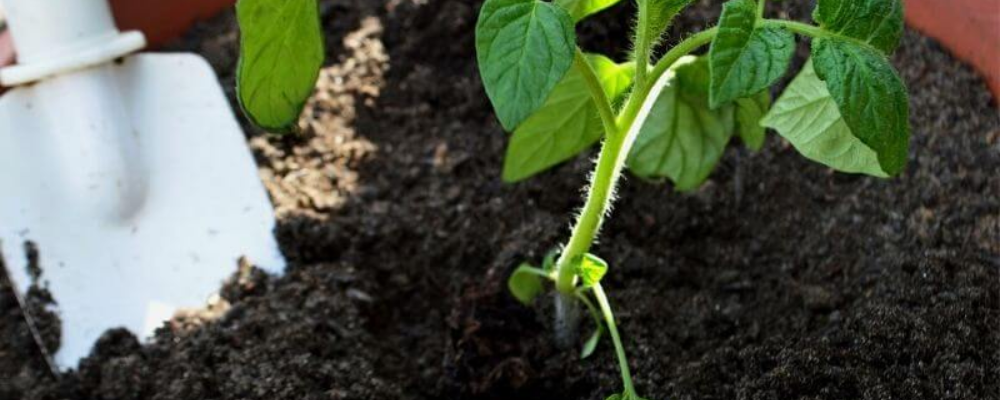
To ensure that your tomato plants thrive, it’s crucial to fertilize them regularly.
Firstly, choose a high-quality fertilizer that is rich in nitrogen, phosphorus, and potassium. You can mix it with soil before planting your tomato seeds or sprinkle it on top of the soil once your seedlings have grown.
Secondly, ensure that you water your tomato plants regularly and consistently to avoid over or under watering.
Additionally, you can use organic compost to improve the soil quality and provide essential nutrients to your plants.
Finally, it’s important to monitor the growth of your plants and adjust the fertilization accordingly. Keep in mind that too much fertilizer can cause the plants to grow too quickly and produce fewer fruits. By following these tips, you can enjoy healthy and flavorful tomatoes all season long.
Step7: Support Your Tomato Plants
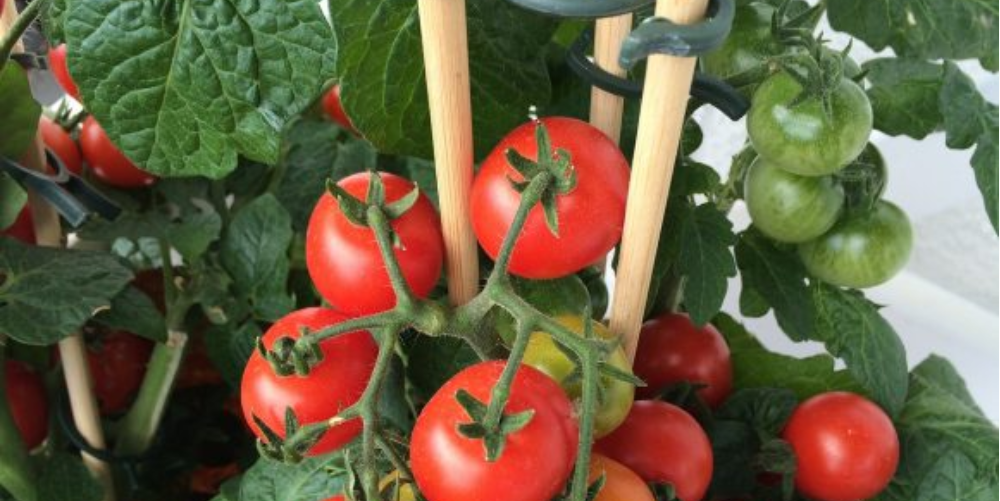
To ensure the success of your tomato plants, it’s important to provide adequate support as they grow.
Firstly, choose a sturdy and stable stake or trellis that is tall enough to support the eventual height of your tomato plant. Insert the stake or trellis into the soil at the time of planting, making sure to avoid damaging the root.
Secondly, as the plant grows, tie it to the stake or trellis using soft twine or fabric strips. This will help keep the plant upright and prevent it from bending or breaking under the weight of the fruit.
Thirdly, prune your tomato plant to ensure that it grows in a manageable manner. Remove any shoots that grow between the main stem and the leaves, as these can compete with the plant for nutrients and lead to a smaller yield.
Finally, continue to monitor your tomato plant as it grows, adjusting the support and pruning as needed. By following these tips, you can ensure that your tomato young plants thrive and produce a bountiful harvest.
Step 8: Prune Your Tomato Plants

To ensure that your tomato plants grow to their fullest potential, it’s important to prune them regularly. Pruning helps to promote healthy growth, increase fruit production, and prevent disease.
Firstly, remove any suckers that grow in the crotch between the main stem and the branches. These suckers are small shoots that emerge from the stem and can reduce the overall yield of your tomato plant.
Secondly, remove any leaves or branches that show signs of disease, as these can spread to other parts of the plant.
Thirdly, remove any leaves that are blocking sunlight from reaching the lower branches of the plant. This will promote even growth and increase fruit production.
Finally, continue to monitor your tomato young plants and prune as necessary.
Step 9: Harvest Your Tomato Plant
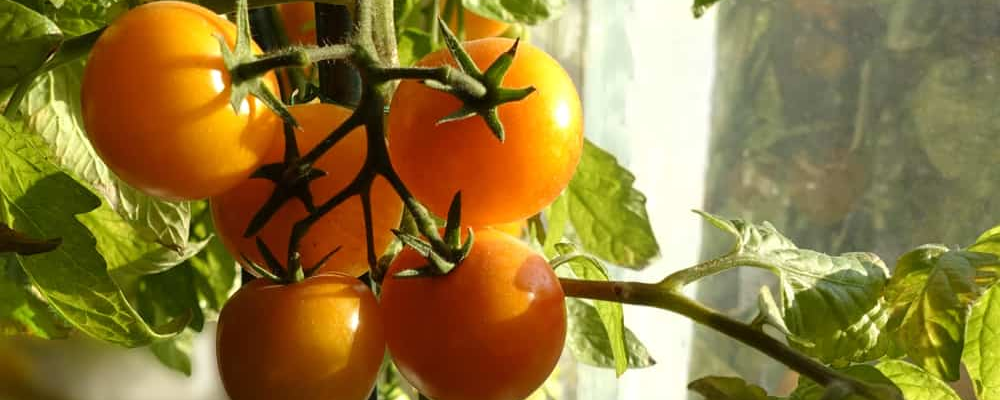
Here are some tips on how to harvest your tomatoes for maximum flavor, nutrients, and yield.
Firstly, wait until the tomatoes are fully ripe before harvesting them. A ripe tomato will be slightly soft to the touch and have a vibrant color.
Secondly, pick the tomatoes carefully to avoid damaging the plant or the fruit. Use a sharp pair of scissors or pruning shears to the cherry tomatoes and cut the stem just above the tomato.
Thirdly, store your harvested tomatoes at room temperature and out of direct sunlight. Do not refrigerate your tomatoes as this can cause them to lose their flavor and texture.
Lastly, enjoy your tomatoes in a variety of ways, such as in salads, sandwiches, or sauces. By following these tips, you can enjoy the full flavor and nutritional benefits of your homegrown tomatoes.
To Sum Up…
Growing tomatoes in grow bags is an efficient and simple method for producing fresh and flavorful tomatoes. By following a few basic steps, you can grow a bountiful harvest of juicy and healthy tomatoes. And with a little effort and care, you can achieve a successful and rewarding harvest.


